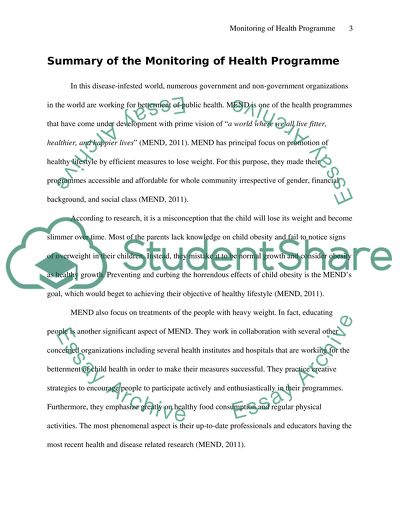Cite this document
(“Monitoring of a health programme Essay Example | Topics and Well Written Essays - 3000 words”, n.d.)
Retrieved from https://studentshare.org/health-sciences-medicine/1396099-monitoring-of-a-health-programme
Retrieved from https://studentshare.org/health-sciences-medicine/1396099-monitoring-of-a-health-programme
(Monitoring of a Health Programme Essay Example | Topics and Well Written Essays - 3000 Words)
https://studentshare.org/health-sciences-medicine/1396099-monitoring-of-a-health-programme.
https://studentshare.org/health-sciences-medicine/1396099-monitoring-of-a-health-programme.
“Monitoring of a Health Programme Essay Example | Topics and Well Written Essays - 3000 Words”, n.d. https://studentshare.org/health-sciences-medicine/1396099-monitoring-of-a-health-programme.


